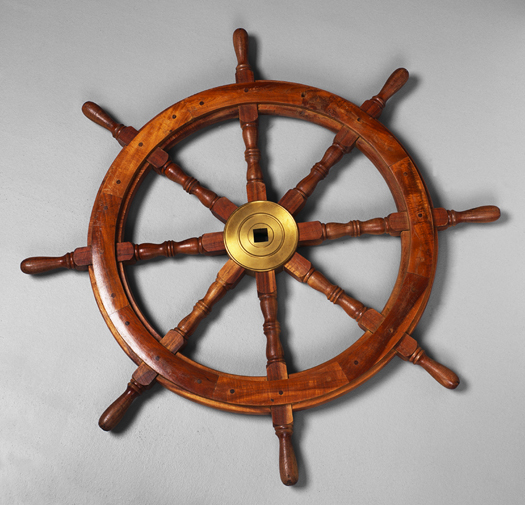While the aviation industry has strict security screening regulations, cruise ship security screening remains relatively soft in comparison. This is expected to change as the United States Coast Guard looks to increase screening requirements for passengers and their baggage in 2015, writes Jared Bickenbach, Market Analyst in Access Control, Fire and Security at the US-based market research company IHS.
The US Coast Guard recently announced plans to standardise passenger security screening procedures at cruise ship terminals throughout the United States with the creation of the Terminal Screening Program (TSP). Based on US Coast Guard figures there are currently 137 regulated cruise ship terminals, operated by 23 cruise line companies in the United States. IHS found that the proposed regulations are not mandatory, resulting in projected slow uptake over the short-term of new explosives, weapons and contraband (EWC) detection equipment in the cruise ship industry.
In IHS’ recently published report on the explosives, weapons and contraband detection equipment market the seaports market is forecast to grow by a CAGR of 6.7pc to $241.6 million in 2018. Currently many cruise ship terminals use a combination of X-Ray, people screening, explosives detection systems (EDS), canine teams, and manual inspections. Larger cruise ship terminals are expected to prefer the efficiency and greater throughput that newer X-Ray and EDS equipment offers, while smaller cruise ship terminals will be slower to adopt new EWC equipment, preferring instead to use a combination of canine teams, manual inspections, and EWC detection equipment. The TSP is expected to increase security at cruise ship terminals by:
Developing a standardised list of prohibited items.
Developing training standards to consolidate requirements for screeners and eliminate redundancies in cruise ship security regulations.
Requiring the screening of all passenger, crew, and visitors’ baggage and personal items.
IHS found that the TSP does not require cruise ship terminals to purchase EWC detection equipment; however, those that do will be required to purchase equipment with similar detection capabilities to those installed at airports. EWC detection equipment for use in airports typically carries a higher purchase price due to the increased capability of this equipment resulting from strict detection standards. IHS expects the long-term impact of the TSP to be positive, as cruise ship terminals in the United States replace older equipment with newer, more advanced EWC detection equipment. However, IHS does not expect the TSP to generate a spike in growth over the short-term. Instead, normal replacement cycles are expected for most of the cruise ship industry over the next 12 to 24 months.
While the long-term impact on the United States cruise ship market is expected to be positive, IHS believes that the adoption of the TSP in the United States will have long-term implications for the global cruise ship market. Much like the aviation industry, the United States became a leader in airport screening regulations after the September 11, 2001 attacks. IHS expects the adoption of cruise ship screening regulations in the United States to result in the development of similar screening regulations in other regions.
Although terrorist threats to the cruise ship industry are very small in comparison to aviation, cruise ships are considered a unique target due to the large number of passengers carried on each ship. Unlike the aviation industry, cruise ships are more resilient than aircraft which will result in the development of specific screening requirements for the cruise ship industry. IHS found only five terrorist attacks against cruise ships in the last 55 years. Despite the proposal of new regulations on the cruise ship industry, the low probability of a terrorist attack on cruise ships is expected to result in less stringent screening requirements at cruise ship terminals.
Similar to airports, the cruise ship market is event driven, and an attack on a cruise line would undoubtedly result in increased screening regulation at cruise ship terminals. While the TSP only applies to US cruise ship terminals, airport equipment manufacturers are expected to see increased opportunities to sell premium EWC detection equipment to the cruise ship market.









